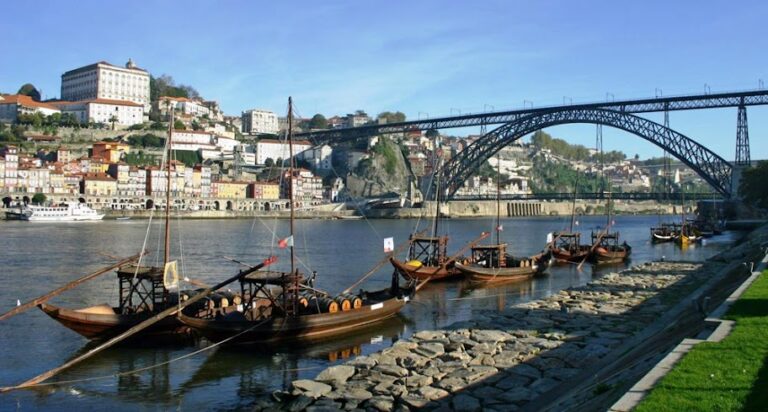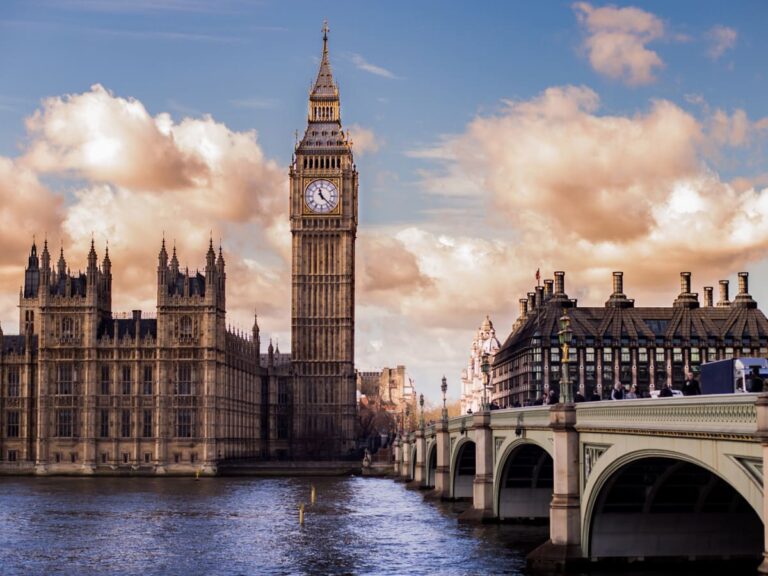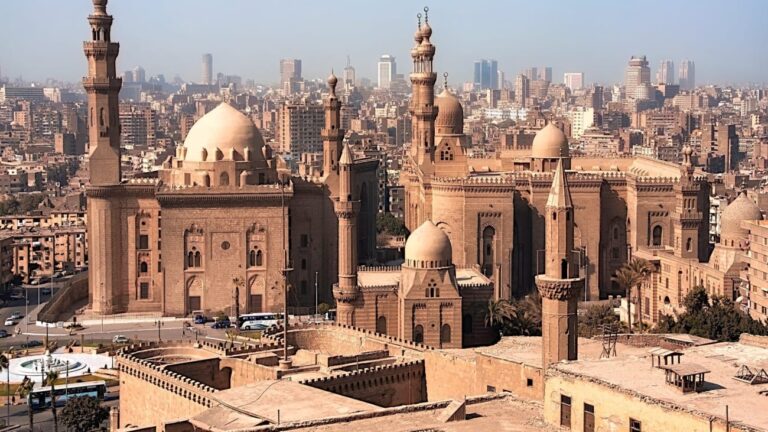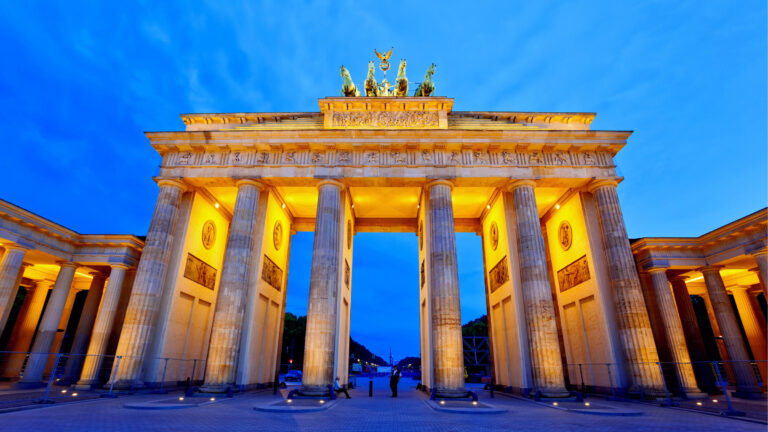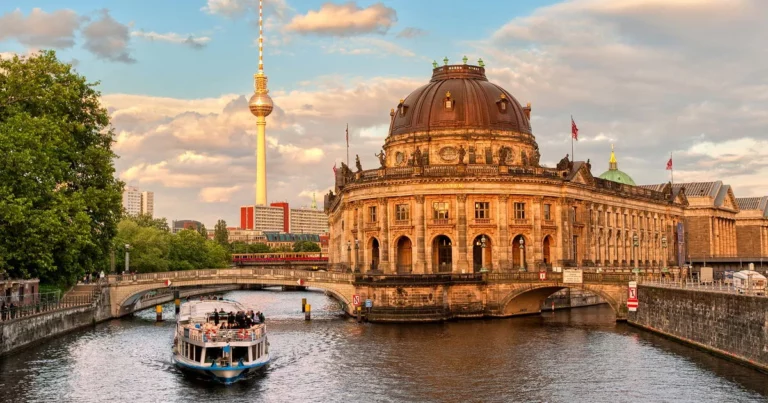Dunhuang, China
Welcome to Dunhuang, a hidden gem nestled in the heart of China’s Silk Road. This captivating destination boasts a rich historical and cultural heritage, breathtaking natural beauty, and a fusion of architectural wonders. In this travel blog post, we will take you on a virtual journey to Dunhuang, highlighting its appeal as a must-visit destination. From its diverse culinary delights to its iconic landmarks, we’ll uncover the secrets and allure of this enchanting oasis.
Location and Climate: Situated in northwestern China’s Gansu Province, Dunhuang enjoys a continental desert climate. Summers are hot and dry, with temperatures ranging from 77°F to 100°F (25°C to 38°C). Winters are cold, with temperatures averaging around 19°F to 30°F (-7°C to -1°C). It is advisable to visit Dunhuang during spring or autumn, when temperatures are more moderate and comfortable for exploration.
Culinary Delights: Dunhuang’s cuisine is influenced by its Silk Road heritage, resulting in a unique blend of flavors and ingredients. The city is renowned for its hand-pulled noodles, known as “lamian,” which are a must-try delicacy. Another local specialty is “shouzhua mutton,” succulent lamb roasted to perfection and served with traditional flatbread. Don’t miss the opportunity to savor Dunhuang’s street food, such as “yangrou paomo” (crumbled bread soaked in lamb soup) or “nang” (baked bread). Prices for food in local restaurants range from $5 to $15 per person, providing excellent value for money.
Accommodation Options: Dunhuang offers a range of accommodation options to suit every budget and preference. From luxury hotels to cozy guesthouses, there is something for everyone. Here are a few highly recommended choices:
- Silk Road Dunhuang Hotel: This 5-star hotel offers a luxurious experience with elegantly appointed rooms, excellent service, and stunning views of the surrounding landscapes.
- Dunhuang Hotel: Located near the Mogao Caves, this well-established hotel provides comfortable rooms, an outdoor pool, and easy access to the city’s attractions.
- Dunhuang Fuguo Hotel: Situated in the city center, this budget-friendly hotel offers clean and comfortable rooms, friendly staff, and a convenient location close to restaurants and shops.
Architectural Marvels: Dunhuang is renowned for its diverse architectural styles, showcasing the influences of various dynasties and cultures. The city’s most iconic architectural marvel is the Mogao Caves, a UNESCO World Heritage Site. These ancient Buddhist grottoes house exquisite murals, sculptures, and manuscripts that date back over a millennium.
Another noteworthy site is the Dunhuang City Wall, an imposing structure built during the Han Dynasty. The wall provides a glimpse into the city’s historical past and offers panoramic views of the surrounding landscape.
Cultural Landmarks: Beyond its architectural wonders, Dunhuang is a treasure trove of cultural landmarks. The Mogao Caves, mentioned earlier, are not only architecturally significant but also contain invaluable historical and artistic treasures. Visitors can explore the caves and witness the intricate murals that depict Buddhist art, mythology, and the daily life of the ancient Silk Road.
The Dunhuang Museum is another must-visit destination, providing a comprehensive overview of the region’s history and cultural heritage. The museum houses a vast collection of artifacts, including pottery, textiles, and historical documents, offering visitors a deeper understanding of Dunhuang’s rich past.
Best Time to Visit: The ideal time to visit Dunhuang is during spring (April to May) and autumn (September to October). During these seasons, temperatures are mild, ranging from 59°F to 77°F (15°C to 25°C), making it pleasant for outdoor exploration. It is advisable to avoid the scorching summer months when temperatures can be uncomfortably high.
Additional Nearby Attractions: While in Dunhuang, consider exploring the following nearby attractions:
- Crescent Lake and Singing Sand Dunes: Located approximately 6 miles (10 kilometers) south of Dunhuang, this natural wonder is a must-visit. The crescent-shaped lake, surrounded by towering sand dunes, creates a surreal and mesmerizing landscape.
- Yumen Pass: Situated along the ancient Silk Road, Yumen Pass is an important historical site. It served as a vital gateway connecting China with the western regions and features well-preserved relics, including fortresses and watchtowers.
How to Get There: Dunhuang is well-connected to major cities in China by air, rail, and road. The Dunhuang Airport offers domestic flights from Beijing, Shanghai, and other major cities. Alternatively, you can take a high-speed train to Liuyuan Railway Station and then transfer to Dunhuang by bus or taxi. Several long-distance buses also operate between Dunhuang and nearby cities.
Conclusion: Dunhuang, with its captivating history, awe-inspiring architecture, and unique cultural heritage, offers an unforgettable travel experience. From exploring the mesmerizing Mogao Caves to immersing oneself in the vibrant local cuisine, this oasis city has something for everyone. So, pack your bags and embark on a journey to Dunhuang, where ancient wonders and natural beauty await at every turn.

